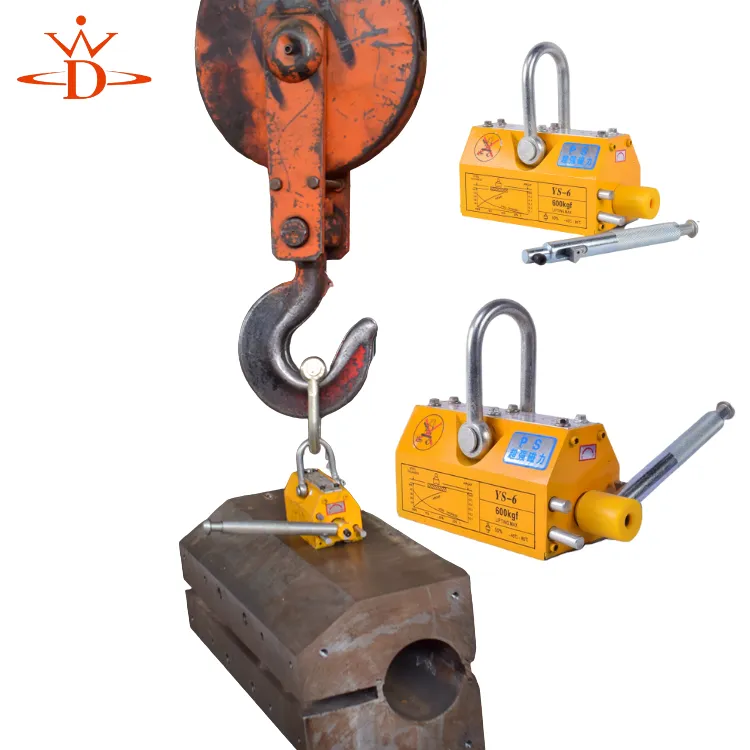Exploring the Functionality and Applications of Portal Gantry Cranes in Modern Industries
The Portal Gantry Crane An Essential Tool for Modern Industries
The portal gantry crane has emerged as a vital piece of equipment in various industries, providing flexibility, efficiency, and safety in lifting and moving heavy loads. As a type of crane that operates on a framework which supports the hoisting mechanism on a movable gantry, these cranes have become indispensable in construction sites, shipyards, steel mills, and even warehouses. This article explores the various aspects of portal gantry cranes, including their design, functionalities, applications, and advantages.
Design and Structure
Portal gantry cranes are distinguished by their unique design which incorporates two vertical legs that support a horizontal beam. The hoisting mechanism hangs from this beam, allowing for movement both horizontally and vertically. This design is particularly beneficial in outdoor applications where space and ground conditions may vary. Constructed from robust materials such as steel, these cranes are engineered to withstand heavy loads and harsh environmental conditions. Their ability to carry and move loads over considerable distances makes them a popular choice for industries where heavy lifting is a routine requirement.
Functionality
The primary function of a portal gantry crane is to lift and transport heavy goods, machinery, and construction materials efficiently. Equipped with a hoist, these cranes can easily lift loads from the ground and move them laterally, which is particularly useful in a variety of settings. The operation of a portal gantry crane is typically controlled from a cabin situated on the crane itself or through remote control. This enhances safety, as operators can maintain a safe distance from the load being moved. Many modern portal gantry cranes are also outfitted with advanced technologies such as load sensors, automated controls, and real-time monitoring systems to enhance operational safety and efficiency.
portal gantry crane

Applications
The versatility of portal gantry cranes allows them to be used in a multitude of applications across different sectors. In construction, they are used to lift steel beams and concrete panels, facilitating the rapid assembly of structures. In shipyards, these cranes handle the loading and unloading of containers and heavy machinery, significantly speeding up the shipping process. Moreover, in manufacturing industries, portal gantry cranes are instrumental in relocating heavy equipment and materials, thereby streamlining the production workflow. Their adaptability to different environments—be it indoor factories or expansive outdoor yards—further exemplifies their importance across industries.
Advantages
The advantages of portal gantry cranes are manifold. One key benefit is their ability to operate in constrained spaces; they can lift and move materials without requiring extensive infrastructure. Additionally, they increase safety in the workplace by minimizing the need for manual lifting and reducing the risk of accidents associated with heavy lifting operations. The cost-effectiveness of these cranes cannot be overlooked; their ability to handle multiple tasks efficiently reduces labor costs and enhances productivity. Furthermore, the longevity of well-maintained gantry cranes can lead to significant cost savings in the long run.
Conclusion
In summary, the portal gantry crane stands as a testament to engineering ingenuity, combining strength, versatility, and safety into one powerful lifting solution. As industries continue to evolve, the demand for efficient material handling will only increase, making portal gantry cranes an integral component of modern operations. With ongoing advancements in technology, the future of portal gantry cranes looks promising, paving the way for further enhancements in efficiency and safety in lifting operations.
-
Unlock Seamless Relocation with Our Heavy Equipment Moving ExpertiseNewsJun.06,2025
-
Unleash Unrivaled Flexibility with Our Adjustable Gantry CraneNewsJun.06,2025
-
Unleash Heavy-Duty Efficiency with Our Industrial Gantry Crane SolutionsNewsJun.06,2025
-
Revolutionize Steel Handling with Our Magnetic Lifter RangeNewsJun.06,2025
-
Master Equipment Mobility with Premium Machinery Mover SolutionsNewsJun.06,2025
-
Elevate Your Material Handling with Magnetic Lifter TechnologyNewsJun.06,2025
-
YS Permanent Lifting Magnets: The Smarter Way to Handle SteelNewsMay.22,2025
